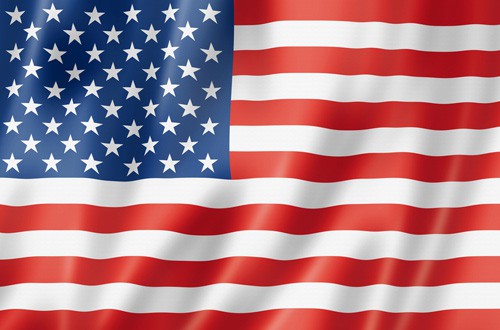
Spending on prescription drugs in the US reached a new record last year of $310bn, rising 8.5% and driven by new cancer and hepatitis C therapies.
The total invoiced amount for the year was $425bn, up 12%, according to new figures from IMS Health.
The data indicates that increased competition between manufacturers as well as more aggressive efforts by payors to limit prescription drug spending is resulting in price concessions. The discounting effect was particularly notable among diabetes treatments.
Moreover, spending is expected to continue to increase at a high single-digit rate to reach $610bn-640bn by 2020, or around $400bn taking into account rebates, says the report, which will add to the ongoing debate about medicines pricing.
All told, IMS estimates that net price increases were around 2.8% last year, significantly lower than in prior years, and the main driver was an influx of new drugs being approved and becoming available for patients. The number of prescriptions inched up just 1% to 4.4 billion.
It notes that there were 43 new active substances launched in the US last year, with a high proportion of drugs that have new mechanisms or target rare diseases and so can command premium pricing.
Oncology treatments and drugs for orphan disease each accounted for around a third of all new launches, albeit with some overlap between the two groups. Cancer drugs are also predicted to account for the lion’s share of increase spending out to 2020.
“Growth moderated about two percentage points from 2014, when total spending was at its highest level since 2001,” commented Murray Aitken, executive director of the IMS Institute, although he added that drug spending growth “remains at historically high levels.”
The most buoyant category was specialty drugs, with spending rising 15% to reach $121bn on a net price basis and more than doubling over the last five years. Treatments for hepatitis, autoimmune diseases such as multiple sclerosis (MS) and cancer accounted for $19.3bn in incremental spending, said IMS.
The impact of President Obama’s signature Affordable Care Act and escalating prices means that “healthcare is being delivered by different types of healthcare professionals and in different facilities, and patients face higher out-of-pocket costs as well as access barriers”, according to the report.
For example, the average patient cost for a prescription filled through a commercial plan has risen by more than 25% since 2010, reaching $44 per scrip in 2015.
“The challenge of balancing access and the cost of care in an era of innovative but more expensive treatments continues as a theme across our healthcare system,” said Aitken.
“The level of price concessions achieved in 2015 points to a shift in market dynamics as manufacturers accept lower price increases on existing products. At the same time, spending on new brands continued at near-historic levels.”




